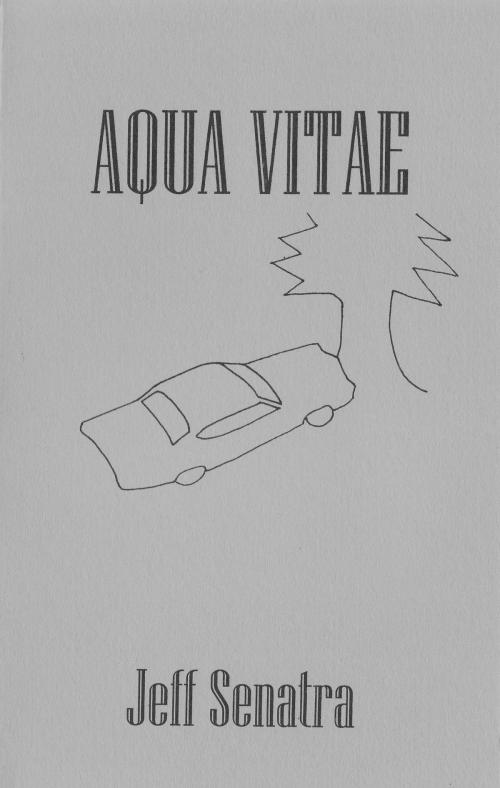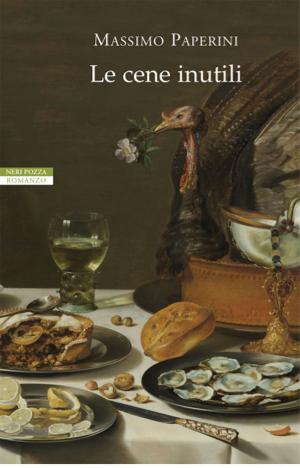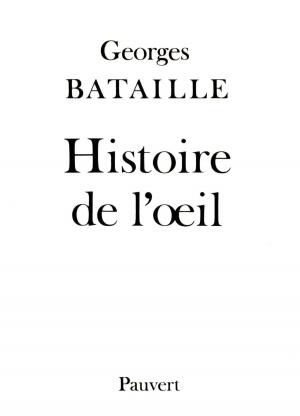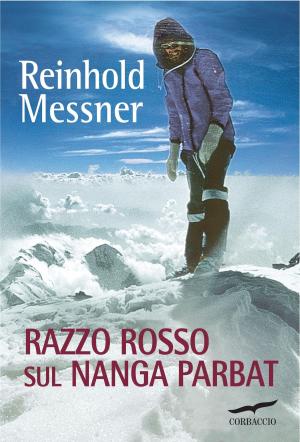| Author: | Jeff Senatra | ISBN: | 9780998506401 |
| Publisher: | Jeff Senatra | Publication: | November 25, 2016 |
| Imprint: | Smashwords Edition | Language: | English |
| Author: | Jeff Senatra |
| ISBN: | 9780998506401 |
| Publisher: | Jeff Senatra |
| Publication: | November 25, 2016 |
| Imprint: | Smashwords Edition |
| Language: | English |
Waking in his car somewhere deep in the Rocky Mountains, a man named Cotton slips away from his sleeping family into the cool morning, and goes trout fishing. Under the guise of a pleasure trip, Cotton has conceived a clandestine spiritual objective: to baptize his newborn baby in the waters of the ocean. Setting out from the Midwest with his wife Nanna and their infant son, Cotton ushers them toward the southern Pacific coast. Along the way, they find themselves off route and following the isolated twists of a river through the mountains of Colorado. When a sign for roadside camping appears late in the night, they roll into a spot among the pines and retire. Upon first light, Cotton suddenly remembers the nearby river and, having prepared for such an unlikely opportunity, quietly departs. Here, in this suspended moment in the mountains, their story unfolds.
Constructed in nonlinear fashion, much of the story is conveyed through stream of consciousness of the two main characters--Nanna and Cotton. Possessing an extraordinary sense of insight, Cotton struggles between concrete and poetically ethereal worlds. Raw to the more mysterious forces pulsing through existence, Cotton is preoccupied with unlocking and living in accordance with these mysteries, and does this largely through the embrace of symbol, metaphor, and psychic instinct. Appropriate to his nature, Cotton’s chosen occupation as Locksmith, for instance, was selected allegorically both as a means to support and represent himself in the world. This is his complexity and conflict, which is also a source of continued tension with his wife. Because of this tension, Nanna has been left in the dark regarding the true nature of their trip. As far as she is concerned, they are merely on a scenic excursion, oblivious to the hidden, spiritual motive propelling their journey.
Aqua Vitae is a highly symbolic and experimental work about vision and receptivity, straddling a parabolic line between the real and unreal. Its relatively simple plot contrasts with its proposed depths and stylistic complexity. Many sentences are deliberately long and flowing, not only in imitation of the internal flow of consciousness, which is a major concern of the work, but also in reflection of the external natural forces prevalent in the story, such as the river. Associative writing is another technique explored here, which is the deliberate insertion of seemingly incongruous images juxtaposed without the connective tissue of preposition. This technique is sprinkled throughout the text, appearing either within a single sentence or as two separate sentences placed side by side, and is used in an attempt to jar open and expand the reader’s consciousness, thus attempting to expand vision. The manuscript is approximately 24,000 words.
Waking in his car somewhere deep in the Rocky Mountains, a man named Cotton slips away from his sleeping family into the cool morning, and goes trout fishing. Under the guise of a pleasure trip, Cotton has conceived a clandestine spiritual objective: to baptize his newborn baby in the waters of the ocean. Setting out from the Midwest with his wife Nanna and their infant son, Cotton ushers them toward the southern Pacific coast. Along the way, they find themselves off route and following the isolated twists of a river through the mountains of Colorado. When a sign for roadside camping appears late in the night, they roll into a spot among the pines and retire. Upon first light, Cotton suddenly remembers the nearby river and, having prepared for such an unlikely opportunity, quietly departs. Here, in this suspended moment in the mountains, their story unfolds.
Constructed in nonlinear fashion, much of the story is conveyed through stream of consciousness of the two main characters--Nanna and Cotton. Possessing an extraordinary sense of insight, Cotton struggles between concrete and poetically ethereal worlds. Raw to the more mysterious forces pulsing through existence, Cotton is preoccupied with unlocking and living in accordance with these mysteries, and does this largely through the embrace of symbol, metaphor, and psychic instinct. Appropriate to his nature, Cotton’s chosen occupation as Locksmith, for instance, was selected allegorically both as a means to support and represent himself in the world. This is his complexity and conflict, which is also a source of continued tension with his wife. Because of this tension, Nanna has been left in the dark regarding the true nature of their trip. As far as she is concerned, they are merely on a scenic excursion, oblivious to the hidden, spiritual motive propelling their journey.
Aqua Vitae is a highly symbolic and experimental work about vision and receptivity, straddling a parabolic line between the real and unreal. Its relatively simple plot contrasts with its proposed depths and stylistic complexity. Many sentences are deliberately long and flowing, not only in imitation of the internal flow of consciousness, which is a major concern of the work, but also in reflection of the external natural forces prevalent in the story, such as the river. Associative writing is another technique explored here, which is the deliberate insertion of seemingly incongruous images juxtaposed without the connective tissue of preposition. This technique is sprinkled throughout the text, appearing either within a single sentence or as two separate sentences placed side by side, and is used in an attempt to jar open and expand the reader’s consciousness, thus attempting to expand vision. The manuscript is approximately 24,000 words.















